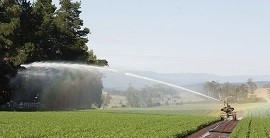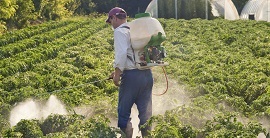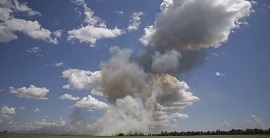To download the full version of the guidelines click here
The main working chapters help you assess and manage your enterprise. Each chapter covers risk assessment, suggested practices, monitoring and recording options, and references and further resources.
Section 1: Introduction

This Introduction sets the context for the document, including overview of the horticulture industry, its future environmental constraints, drivers for environmental assurance, environmental impacts, how environmental assurance integrates with natural resource management and the story of how these guidelines were developed.
Chapter 2: Water management

The Water management chapter focuses on management of irrigation to maximize efficient use of water applied in response to crop water demand and the amount of water available. The chapter also highlights the importance of managing drainage water and run-off to avoid any impact, such as nutrient pollution, on groundwater or waterways and wetlands.
Chapter 5: Biodiversity management

The Biodiversity chapter focuses on managing local, native biodiversity on-farm. This includes identifying areas of biodiversity, especially those of special importance, on your property and then considering practices that control, manage or minimize any potential impacts on them.
Chapter 8: Energy and greenhouse gas management

The Energy and GHG management chapter focuses on practices that improve the efficiency of energy use, such as effective fertiliser management and minimizing soil disturbance, in order to reduce greenhouse gas emissions and in reducing the operating costs of horticulture operations.
New section: Climate adaptation

This new section, Climate adaptation, provides advice and information on the potential impacts of climate change and climate variability on horticulture, as well as how the sector can strategically prepare and implement tactical responses to suit the range of likely climates and variables.






